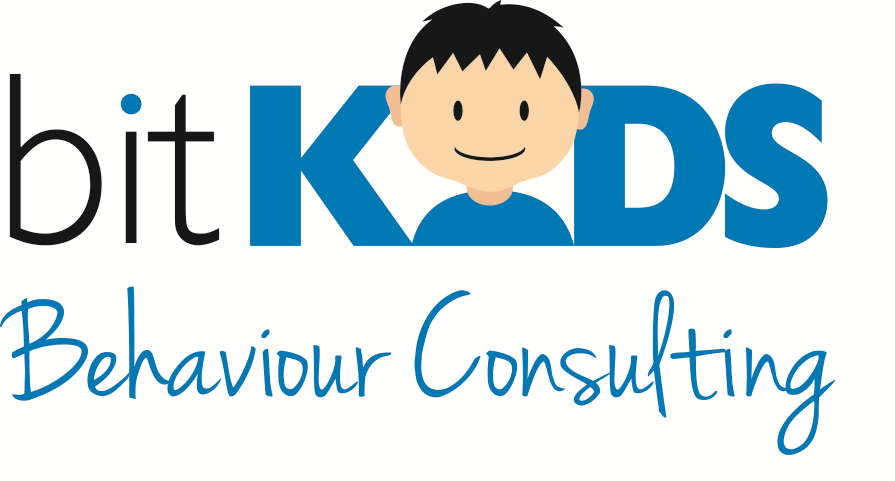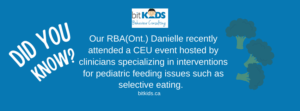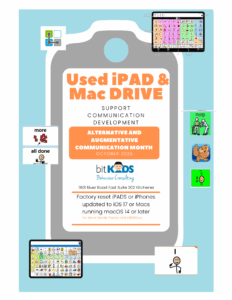Big Feelings and Big Events: How to Prepare for Big Fall Celebrations
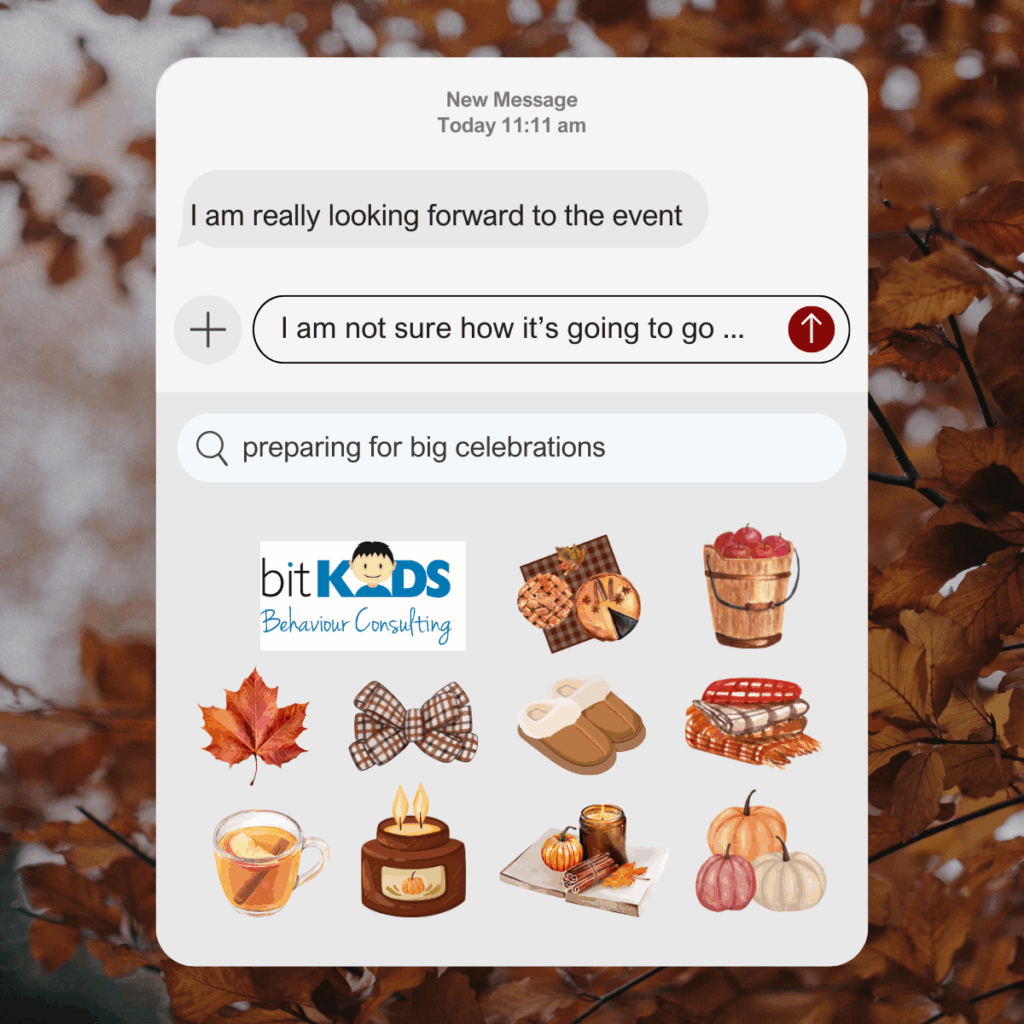
Just when families and children begin to feel settled into a new school year, October brings many big events. Yom Kippur, Thanksgiving Day, Halloween and other Fall Traditions are exciting events that many families celebrate at this time of year. For children, the one thing that all big events have in common is unpredictability. These unpredictable schedules, people, places, food, clothing, and experiences can all evoke a variety of big feelings. For every child, how the child’s big feelings are expressed and how caregivers respond are equally distinct. Our Registered Behaviour Analyst, Krista LePage, MADS, RBA (Ont.), shares a clear message to prepare ahead for big fall celebrations.
How to Prepare for Big Events
Talk about emotions
Talking about emotion begins by identifying emotions in pictures, in others and in themselves.
More advanced learners can reflect on how they felt in similar scenarios, what their responses were and what options they could choose next time. “Remember when we were outside all morning at the apple farm last year? How did we feel when we finally got back to the car? I know I was tired. This year I’ll stop picking after just one bag of apples.”
Plan and practice some responses
Big emotions like excitement, feeling overwhelmed or feeling scared can lead to big responses.
Having a toolbox of coping strategies and practicing them ahead of big feelings can be as important as rehearsing the piano before a performance or practicing spelling words before a quiz. “Let’s pretend we’re scared and count down from 10 together…10…9…8…”
Learn about the events
Discuss what to expect
There are many resources to review ahead, together. Viewing family photos, storybooks, social stories, event websites, and online presentations can all be fun ways to learn about an event.
If there is a plan, map it out with children ahead of time.
- We might use first-then language, such as “First we will find a table at Oktoberfest, then we will eat dinner.”
- Others might benefit from a visual schedule. Stick figures on scrap paper can work perfectly!
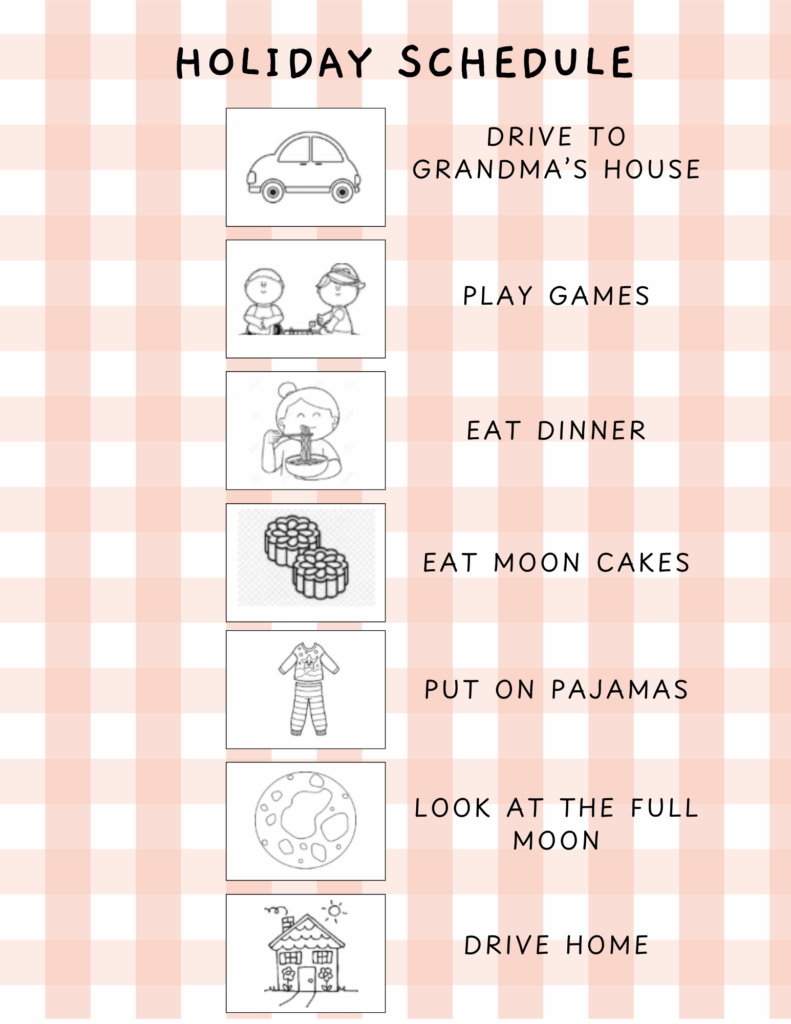
- A simple review before bedtime could also be useful: “Remember, we are going to wake up early tomorrow to eat breakfast, put on your costume and then get on the school bus. Your regular clothes will be in your backpack in case you want to change.”
Corinna Bittle, our clinical director, suggests using Question Visual Cue Posters or a Who, What, When, Where, Why template to help generate questions in preparation for new experiences.
Discuss some unexpected scenarios that may happen
Brainstorm some scenarios that might be unexpected and how your child can respond. For example,
“I know you like Aunt Meghan’s mashed potatoes, but how will you feel if someone else brings scalloped potatoes instead? Let’s practice being disappointed.”
“Some people hand out your favourite candies like chocolate bars and gummy bears, but how will you feel if someone gives you something you don’t expect, like a pencil or stickers? Let’s practice being surprised.”
“The parade will be a lot of fun, but if it rains, we can still enjoy part of it by wearing raincoats and rubber boots, then get a hot drink instead.”
Waiting for the Big Event
Sometimes waiting can be the hardest part about special events. Use this time to plan to talk about emotions, offer and practice options, and learn details about your event. You can also use this opportunity to map out important dates on a calendar or days of the week with words, drawings, or stickers. You can notice the current day together and count down the number of days until your anticipated event. Most importantly, let your child know that you understand how they are feeling and that you will be there to help them get through the event together.
Because we understand how you might be feeling, we are here to support parents with caregiver coaching, 1:1 ABA, or Project ImPACT. Contact us today.
